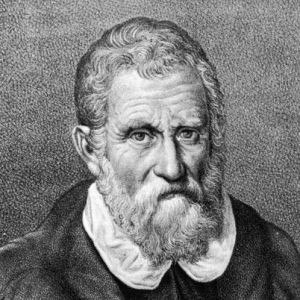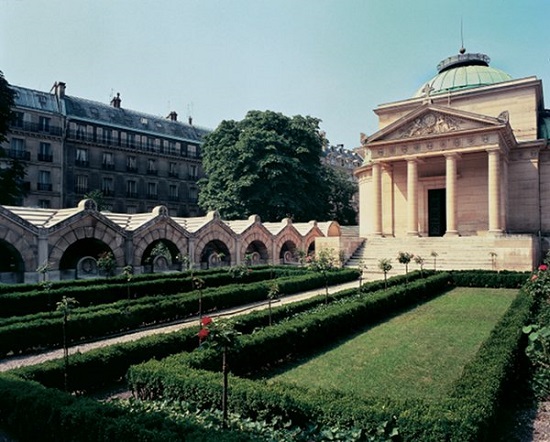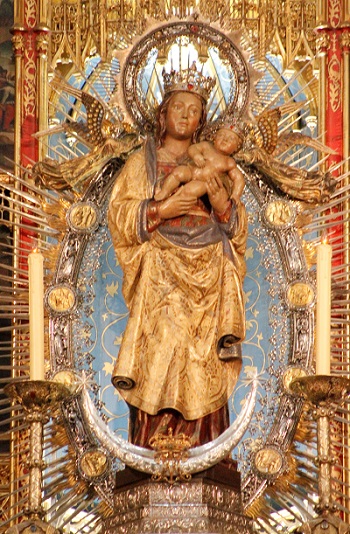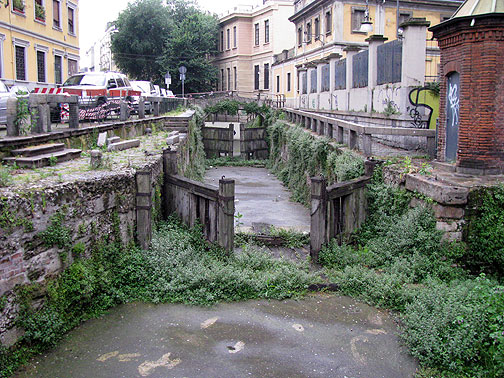The island of Korčula is one of the largest in the Adriatic, some 47km (29m) long and mountains run the length of the island, reaching 560m (1,837 ft) at their peak. It has been inhabited since prehistoric times. The Greeks named it Korkyra Melaina (Black Corfu) and it has been fought over by Venice and the Croat kings, as well as the Genoese and the Turks.
Korčula town is the main attraction of the beautiful island of Korčula which can easily be reached by ferry from Dubrovnik, Hvar and Split. This beautiful walled town – the walls are 13th century- set on its own peninsula, with its terracotta-hued roofs and spires is a must see when you are travelling around Croatia.
There are many wonderful sites to see in Korčula town and with the main thoroughfare running right through the old centre and a waterside boulevard, strolling around the town is simple and delightful. In the central square you will find the 13th century Cathedral of St. Mark, constructed of the honey-coloured mellow limestone that made the island, and its stonemasons famous. The tower and cupola, dating from around 1480 are the work of Marko Andrijić, whose sons Petar and Josip, worked on numerous prestigious buildings in Dubrovnik, including the Sponza Palace and the Rector’s Palace. The door of the Cathedral is quite simply stunning and features a figure of St Mark, attributed to Bonino of Milan. The interior of the Cathedral is a blend of architectural styles, and there is a Tintoretto altarpiece as well as images representing the Battle of Lepanto of 1571.
Other sites to see are the Treasury Museum (Abbey Treasury) with its astonishing collection of artifacts as well as Dalmatian and Venetian art, the Town Museum which tells the story of Korčula, All Saint’s Church built in 1031 which has one of the most impressive Baroque altarpieces in the country, and the Icon Gallery with its impressive collection of 13-15th century Byzantine icons.
Of course, there is the Marco Polo tower from which you will gain spectacular view and the Marco Polo Museum located in a newly renovated palace. You will also find a quaint exhibition protraying the life of Marco Polo in the nearby church of St Peter. There are still today a number of families on the island with the name of de Polo. The town has documents going back to its original communal statute of 1214. It is thought that Marco Polo was born here in 1254 and at the time his birth, the island was under the rule of the Venetian duke of Dubrovnik. There are documents which mention the Polo family being from Dalmatia, with a document from 1430 of a Mateo Polo applying for land for shipbuilding. The Polos had shipbuilding yards on the shores of both sides of the town, and there were also smiths, stonemasons, tradesmen, priests and notaries in the family.
After his travels Marco Polo went to live in Venice, and it is thought that while he was on a ship in the Venetian fleet that fought the Genoese at the battle of Korčula in the Peljesac Channel in 1298 that he was captured and imprisoned in Genoa, where he dictated his book of travels to a fellow prisoner, the write Rustichello da Pisa. He was released the following year and his book (pre-printing press) became a best seller. He returned to live in Venice and became a wealthy and successful merchant dying at the age of 70. His birthday is celebrated on the island every May.

(Adapted in part from Insight Guides Croatia – www.insightguides.com)











